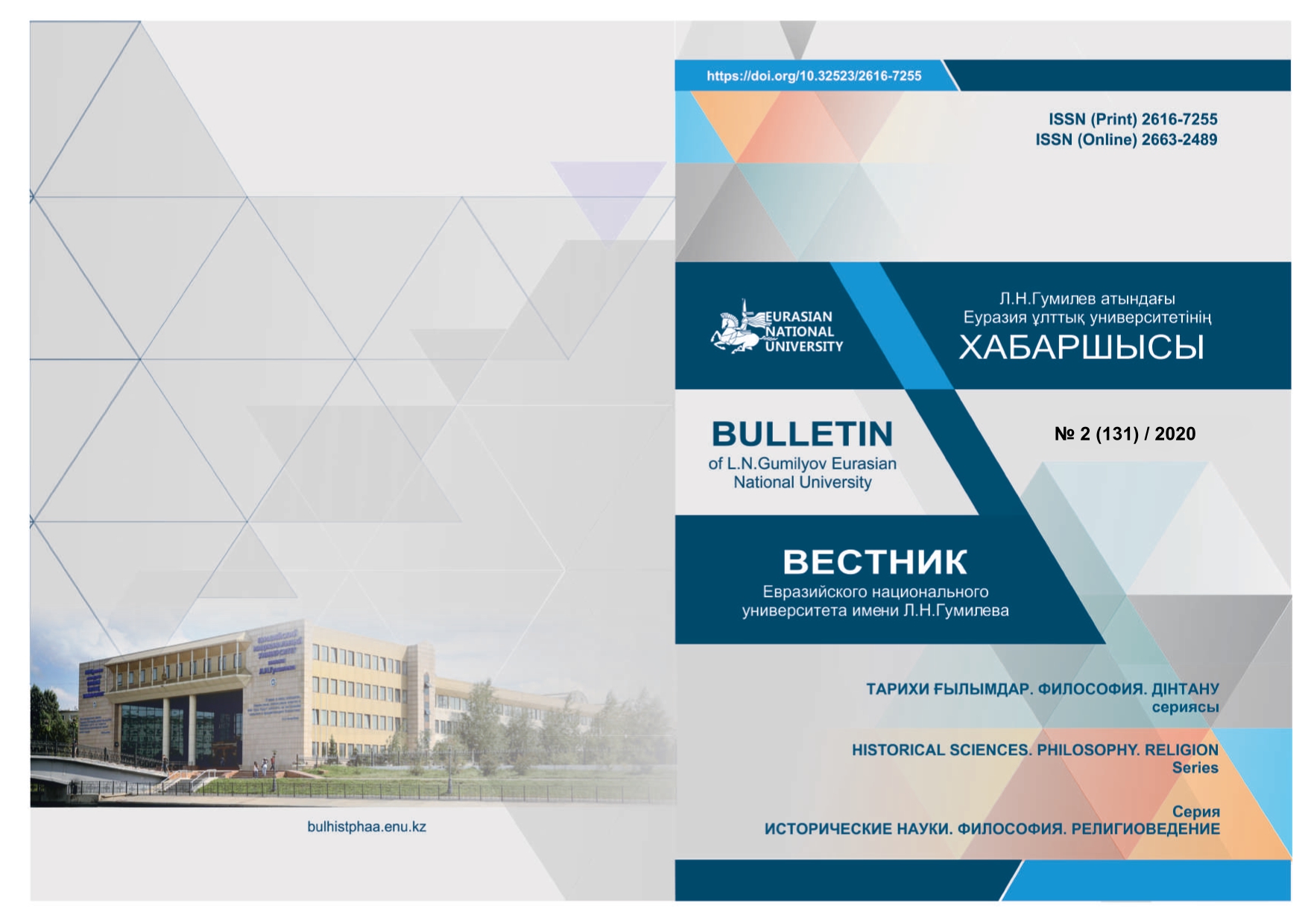The Akkulsk Mosque in the Post-Soviet Kazakhstan: A Museum Artefact or a Sacred Space?
Views: 130 / PDF downloads: 164
DOI:
https://doi.org/10.32523/2616-7255-2020-131-2-36-48Keywords:
Islam in Kazakhstan, Akkulsk mosque, Islamic religiosity in the Soviet and post-Soviet period, sacred space, collective memory, female religious auhtority.Abstract
The Akkulsk Mosque, located about 30 kilometers from the city of Semey in northeastern Kazakhstan, was built between 1905 and 1907. With the establishment of Soviet power, the building of the mosque was used as a school and a club and ceased to function as a mosque. In the 1970s, as many inhabitants were living in the village, the building of the mosque began to decay and is currently in a critical situation. Despite the decaying process, people continue to worship the mosque as a sacred object. This allows us to rethink the role of the mosque as a place of spiritual worship, to analyze the unusual form of Islamic religiosity in the post-Soviet period as well as the impact of the Soviet regime on Islam in Kazakhstan.
Downloads








